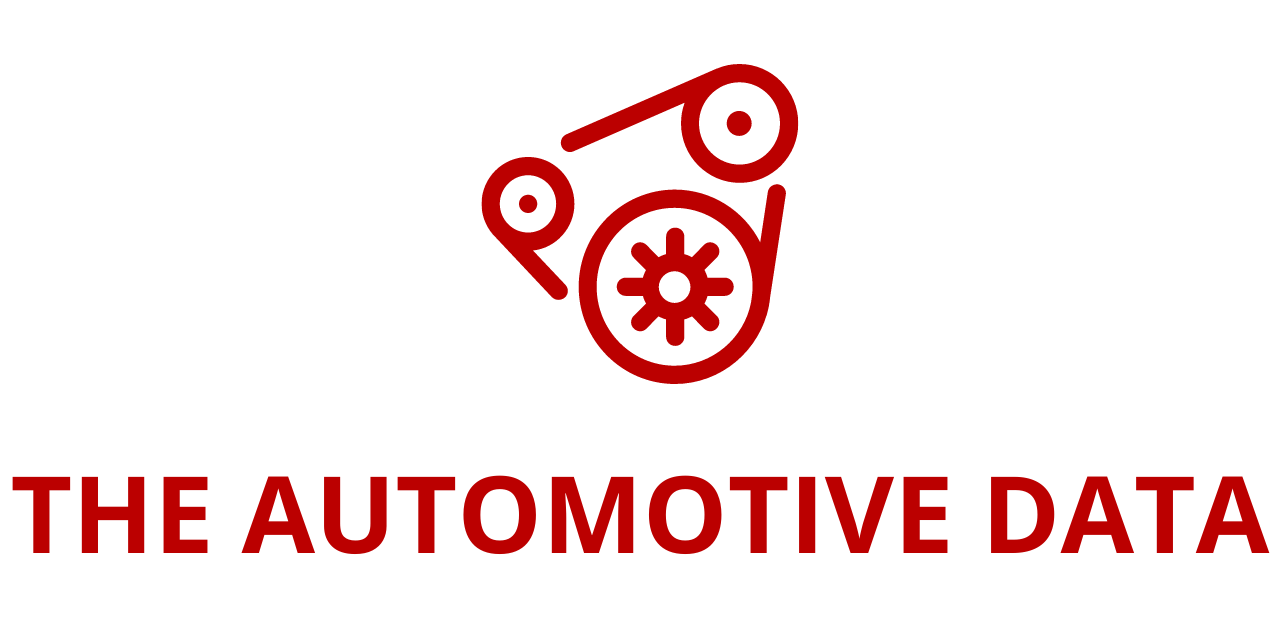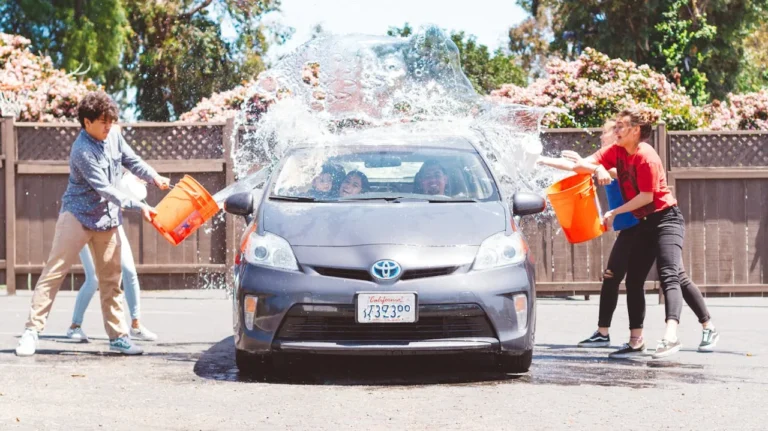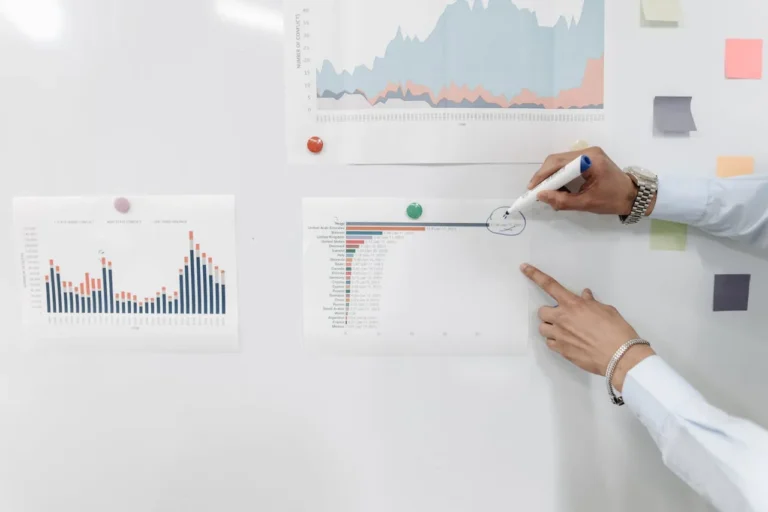
U.S. Personal Auto Insurance Sees Strongest Post-Pandemic Underwriting Gains, But Legal and Regulatory Hurdles Loom
The U.S. personal Auto Insurer industry delivered its strongest underwriting results in the post-pandemic era in 2024, according to a new Issues Brief from the Insurance Information Institute (Triple-I). The sector reported a net combined ratio of 95.3 for the year, signaling a return to underwriting profitability following several years of financial pressure. However, despite this welcome turnaround, industry leaders caution that persistent legal and regulatory challenges could threaten long-term sustainability.
“While the improved 2024 underwriting performance is encouraging, we remain focused on several challenges facing the personal auto insurance industry,” said Sean Kevelighan, CEO of Triple-I. “The growing impacts of legal system abuse, driven by the exploitive tactics of billboard attorneys, combined with an increasingly complex regulatory environment, will continue to put pressure on the market. It’s essential for auto insurers to continue managing these evolving risks effectively to sustain profitable growth.”
Record Financial Recovery in 2024
The auto insurance sector’s financial resurgence was supported by significant gains in both premium income and improved loss performance:
- Net Written Premiums: The industry saw a net written premium increase of 12.8% in 2024. This follows a 14.4% increase in 2023, marking two consecutive years of double-digit premium growth. For the second year in a row, personal auto outpaced the broader U.S. property/casualty (P/C) industry, demonstrating resilience and the ability to recapture rate adequacy amid a volatile market environment.
- Loss Ratio Improvement: Perhaps even more noteworthy was the sharp drop in loss ratios. The direct incurred loss ratio declined by 21.7 percentage points, from a pandemic-era peak of 86% in Q4 2022 to 64% by the end of 2024. This reflects successful efforts by insurers to adjust premiums to better reflect risk, improve underwriting discipline, and manage claims more efficiently.
- Historical Outperformance: Since 2005, the personal auto line has outperformed the overall U.S. P/C industry’s net combined ratio in 10 of the last 20 years, underscoring the line’s long-term potential for profitability when risks are properly managed.
The Shadow of Legal System Abuse
Despite these gains, the sector is far from immune to systemic headwinds. A major concern is the rising tide of legal system abuse, often characterized by aggressive attorney advertising and inflated claim settlements.
A 2024 study conducted jointly by Triple-I and the Casualty Actuarial Society (CAS) estimated that between 2014 and 2023, legal system abuse inflated total auto liability losses and associated defense and cost containment expenses by $76.3 billion to $81.3 billion. These figures point to a troubling pattern of escalating jury awards and increased litigation rates, largely influenced by attorneys who use mass marketing to solicit claimants and drive up the cost of claims through aggressive legal tactics.
This trend not only erodes insurers’ bottom lines but also directly impacts policyholders, as elevated claim costs translate into higher premiums and potentially reduced coverage availability.
Regulatory Complexities and Delays
Another significant challenge is the increasingly burdensome regulatory environment governing rate approvals and market conduct. The Issues Brief highlights how state regulatory processes have become more protracted and restrictive over the past decade:
- From 2010 to 2023, the average approval timeframe for rate filings increased by 40%, delaying insurers’ ability to respond quickly to emerging risk trends and inflationary pressures.
- Over the same period, the share of rate filings receiving less of an increase than what was requested by insurers rose by 10 percentage points, limiting the industry’s ability to price policies accurately and remain competitive in certain markets.
Such regulatory friction can lead to unintended consequences, including reduced competition, withdrawal of insurers from high-risk regions, and ultimately, reduced access to affordable coverage for consumers.
Frequency vs. Severity: A Widening Gap
While claim frequency remains below pre-pandemic levels—a positive trend that reflects ongoing changes in mobility patterns and vehicle use—claim severity continues to rise steadily. From 2019 to 2024, the industry experienced a 25.0-point increase in pure premium trends, primarily driven by rising repair costs, parts shortages, labor expenses, and more expensive vehicles equipped with advanced driver assistance systems (ADAS).
This bifurcation between declining frequency and rising severity poses a unique challenge for actuaries and underwriters. It complicates pricing models and increases uncertainty in long-term projections, requiring greater use of predictive analytics and real-time data to stay ahead of evolving risk dynamics.
Future Outlook: Opportunities and Uncertainties
Looking ahead, industry experts suggest that while 2024’s financial rebound is promising, it is not yet a return to “business as usual.” Sustaining profitability will depend on insurers’ ability to navigate a rapidly changing legal and regulatory landscape, while continuing to invest in technology, customer service, and data-driven pricing.
Emerging technologies, such as telematics and AI-powered claims systems, are offering insurers new tools to improve risk segmentation, detect fraud, and enhance customer engagement. However, adoption must be balanced with privacy considerations and evolving state-level regulations on data usage.
At the same time, the growing presence of electric vehicles (EVs) and increasingly complex vehicle systems pose fresh challenges for claims adjusters and repair networks. These developments may drive up average repair costs and lengthen claims settlement times, potentially reversing some of the gains made in loss control unless new efficiencies are found.
The U.S. personal auto insurance market in 2024 is a story of cautious optimism. After years of inflation-driven losses and pandemic-related volatility, the sector has managed to recalibrate, recording its best underwriting performance in years. However, this recovery is occurring against a backdrop of persistent legal abuse and mounting regulatory barriers that threaten to undo progress if left unchecked.
As the industry moves forward, it will need to remain nimble—embracing innovation, advocating for tort reform, and engaging with regulators to ensure a fair, transparent, and sustainable insurance environment for all stakeholders.
The Triple-I’s Issues Brief offers a clear message: Profitability is possible, but only with continued vigilance, collaboration, and strategic foresight.
the Insurance Information Institute (Triple-I) has been the trusted voice of risk and insurance, delivering unique, data-driven insights to educate, elevate and connect consumers, industry professionals, policymakers and the media. An affiliate of The Institutes, Triple-I represents a diverse membership accounting for nearly 50% of all U.S. property/casualty premiums written. Our members include mutual and stock companies, personal and commercial lines, primary insurers and reinsurers – serving regional, national and global markets..
The Institutes® are a not-for-profit comprised of diverse affiliates that educate, elevate, and connect people in the essential disciplines of risk management and insurance. Through products and services offered by The Institutes and nearly 20 affiliated business units, people and organizations are empowered to help those in need with a focus on understanding, predicting, and preventing losses to create a more resilient world.







